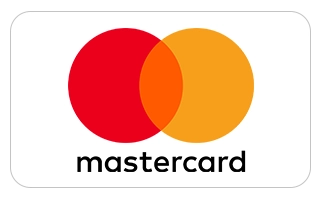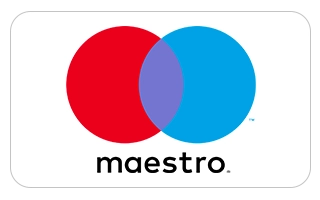Knitted Cord yarn has a ropey texture and little flexibility, which makes it great for some projects but needs a little extra care when knitting with it. Here are three knitting tips for using a Knitted Cord. But first, if you are looking for knitting a knitted cord all by yourself, here are certain tips that can help you for the same.
How to knit a Knitted Cord?
Knitting a Knitted Cord is a simple process. You’ll require two double-point needles to begin. A knitted cord is made up of 3-5 stitches on average. Start knitting on your first row of stitches after casting on, but don’t change the movement. Instead, move your stitches to the opposite end of the needle.
The yarn is now at the left-most stitch on your left-hand needle, with the right side facing you. To begin the next row, start knitting into the right-most stitch on your left-hand needle, bringing the yarn over the back of your stitches. This is the movement that gives the impression of a closed-in cord. Simply continue the procedure until your cord reaches the desired length. Finally, bind off as done usually
To create a thicker bind-off edge, you can utilise the Knitted Cord technique. For knitting and making a Knitted Cord bind-off, cast on two stitches at the beginning of the bind-off row. Then, from the right-hand needle, move those two stitches to the left-hand needle. Knit a stitch, then slip, slip knit along with the next two stitches to begin the bind off.
After decreasing, slide your stitches from the right-hand needle to the left-hand needle purlwise and repeat the procedure. The Knitted Cord bind-off can be time-consuming, but the end product is well worth the effort.
How to use Knitted Cord?
Knitted Cord can be used for various things in knitting, including bag handles, tank top shoulder straps, and baby hat ties. You may also use Knitted Cord to make a wonderfully charming necklace or a decorative element to craft anything you want, like a baby cap.
Tips for knitting with a Knitted Cord
Tip 1: You’ll understand how this yarn feels as you knit it if you’ve ever knit with cotton. Cotton has very little flexibility, so if you’re a tight knitter, you might need to take a rest more often or loosen up your gauge.
The majority of other fibers stretch a lot, which works as a cushion for our hands’ joints. Knitting an item with stronger types of fibers requires a lot more strength from your hands.
Tip 2: The method of the knitted cord is something to take a look at. It’s stranded, with all of the threads intertwined together. This provides the yarn with an incredible range of strength and durability. It’ll be able to withstand a lot of wear and tear over time.
It also shows that once cut, the ends may begin to tear. This would not be an issue for some projects, but it might be a little more challenging for others. On the cut end of the yarn, a drop of anti-fray liquid or spray is suggested to save the work.
Tip 3: What you require to think about with a knitted cord is what work it would be useful for. Rugs, storage containers, potholders, and anything that will be used outside are all examples of items that require to be exceptionally durable.
The same properties that make this yarn durable also give it a little stiff gauge, which is ideal for the uses mentioned above.
With the help of a knotted cord, it’s easier to make a wide variety of projects that would not be possible to create with normal yarn regardless of the fiber composition. Now that you know the basics of how to knit a Knitted Cord, you can use it to make anything you want.
If you are looking for some recommendations or want to buy Knitted Cords, feel free to connect with us at Kalsi Cords, a leading and trustable online platform that manufactures an extensive variety of elastics, braided cords, shoelaces, and a lot more. To check out their broad collections of products, visit our website.





